
FOTOGRAFISKA X LUCAS MEYER-LECLERE
FOTOGRAFISKA X LML Adina Bier, the curator and innovative force behind the museum…
Photography by Sascha Rebrikov Interview by Louise Garier
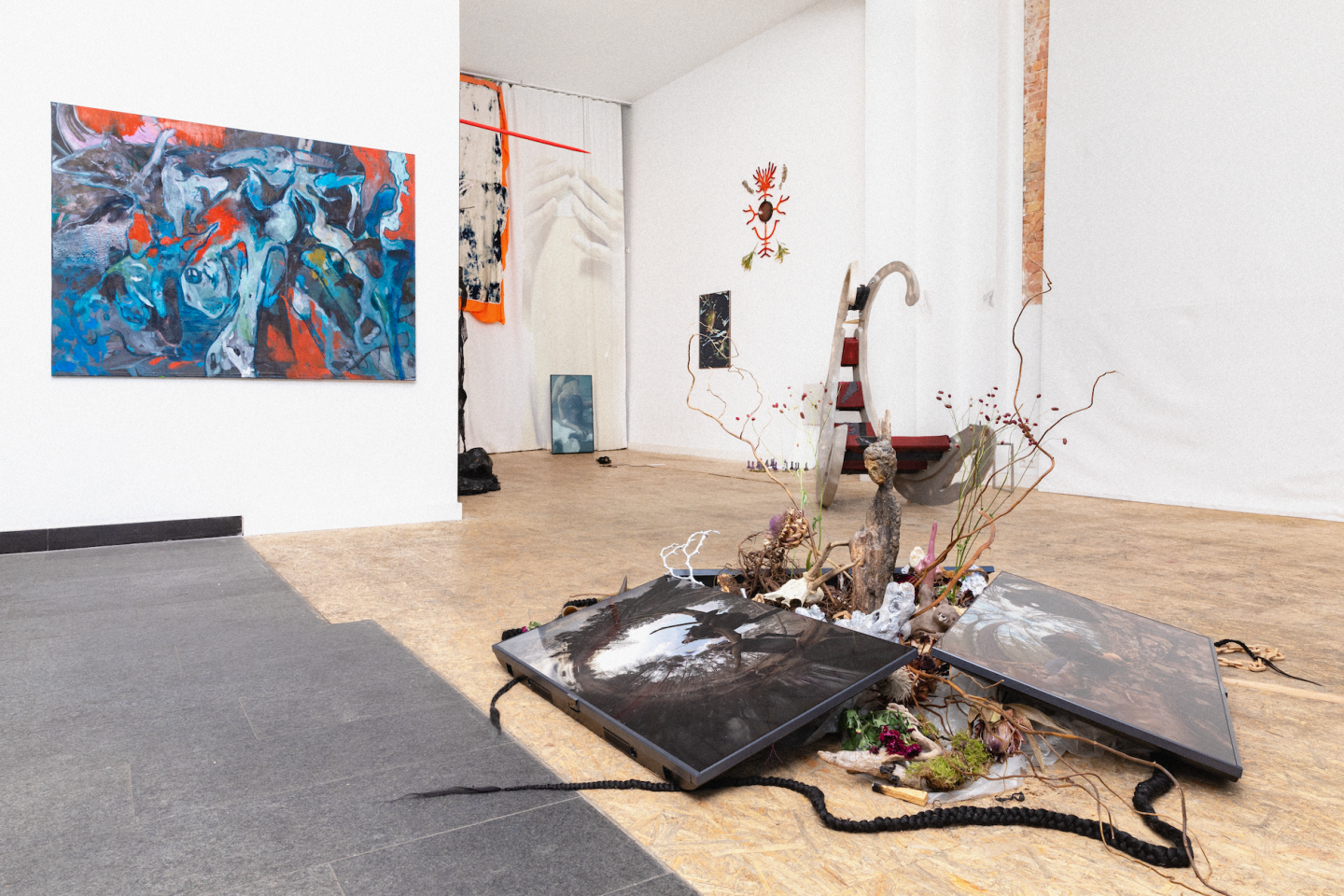


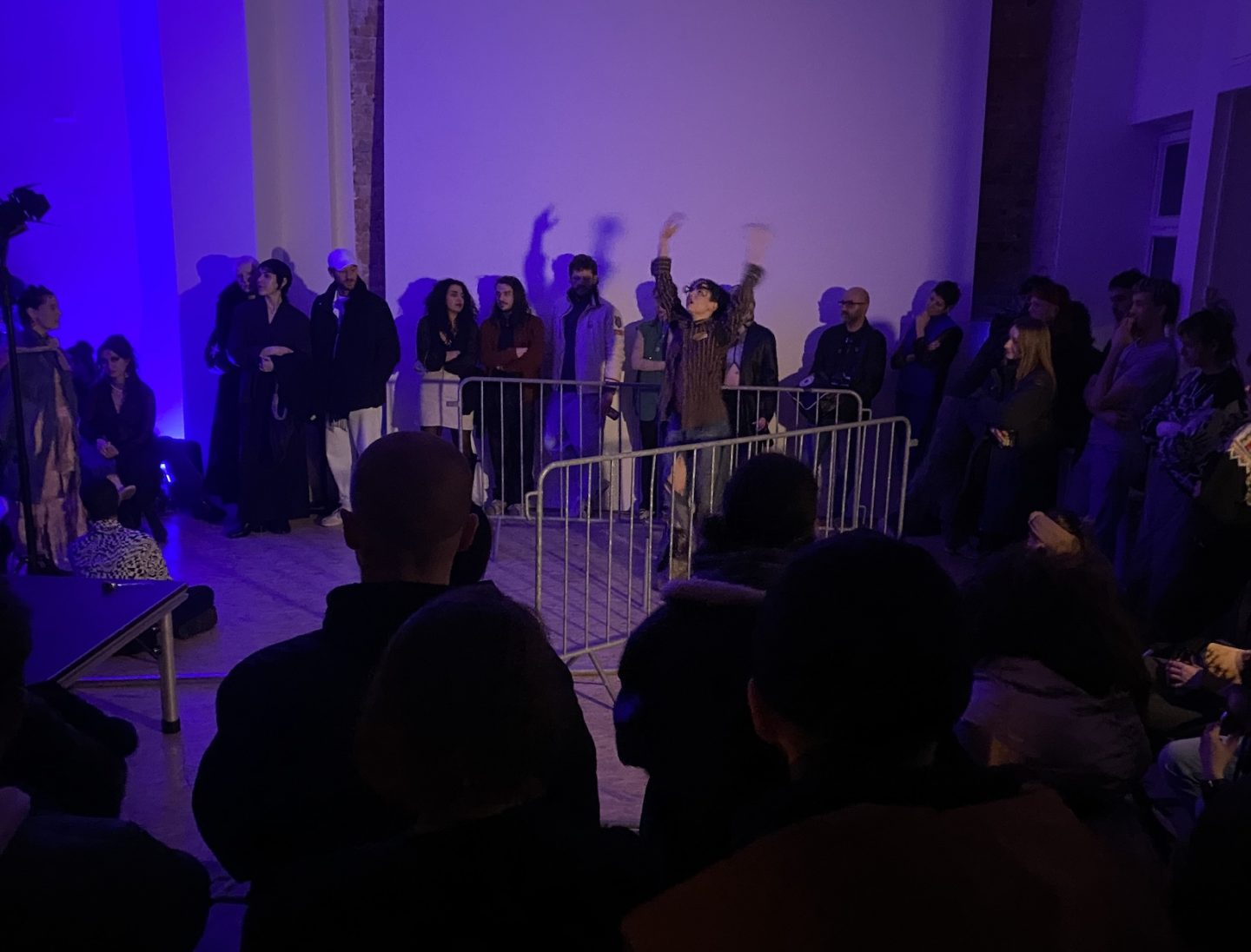




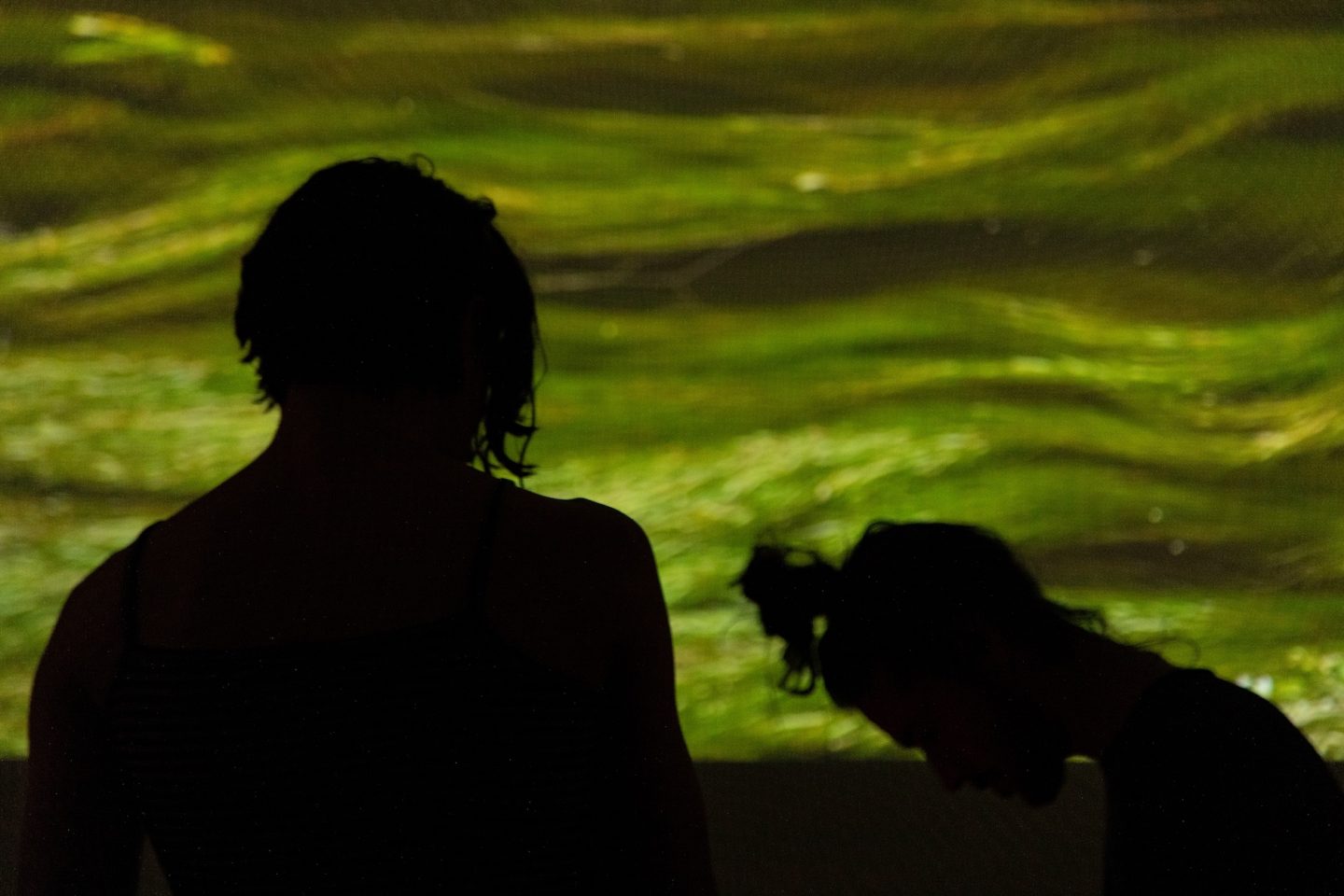




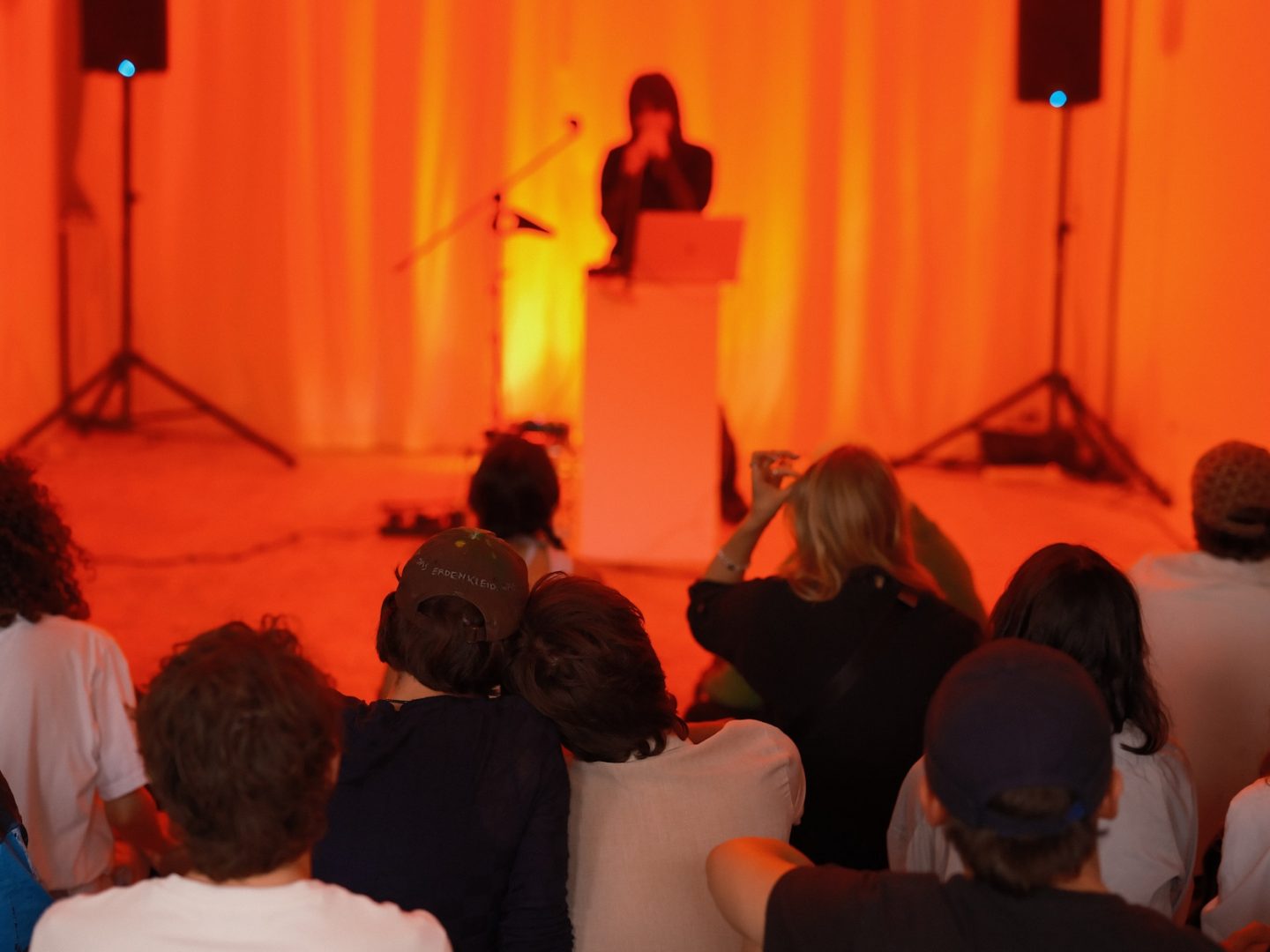

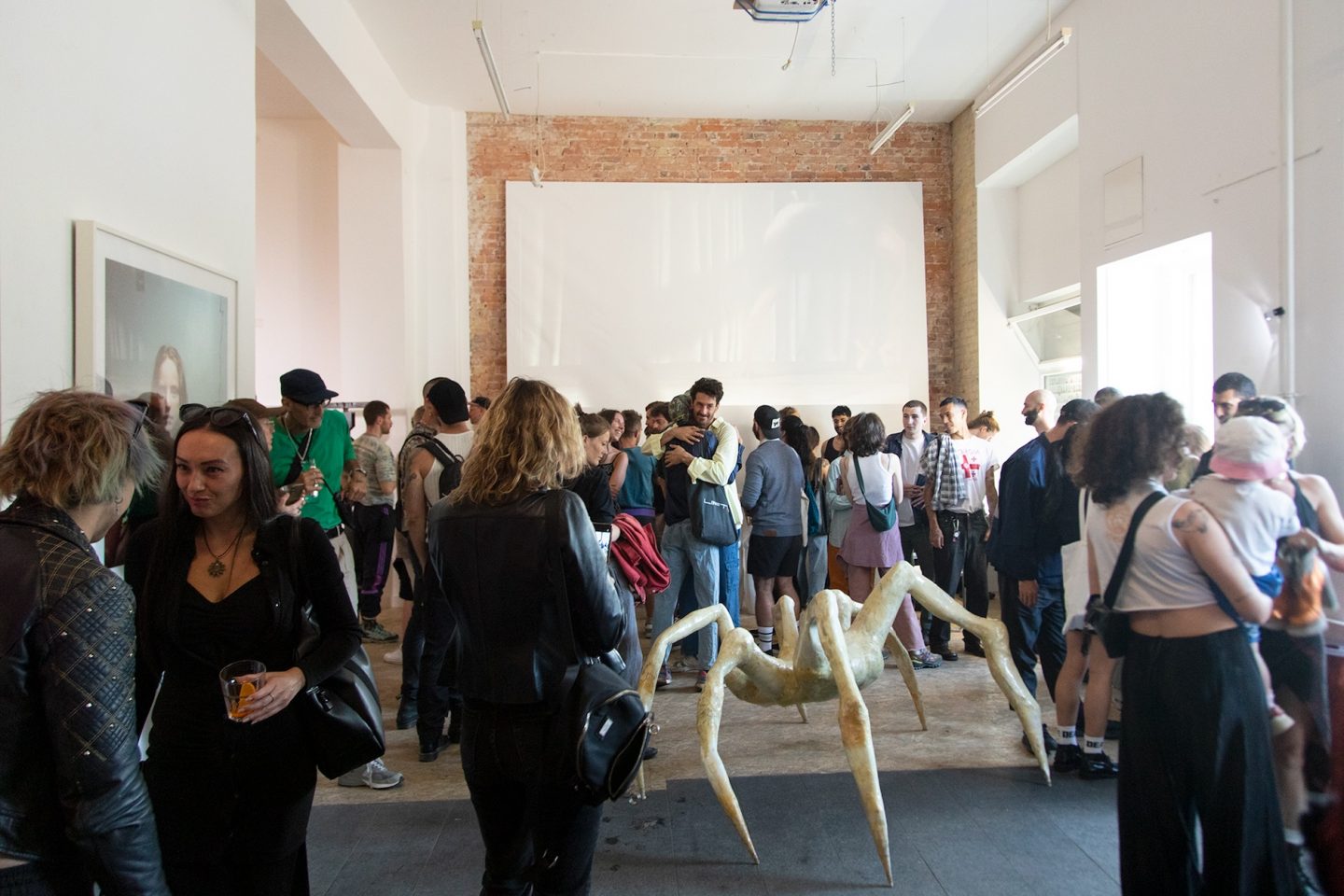


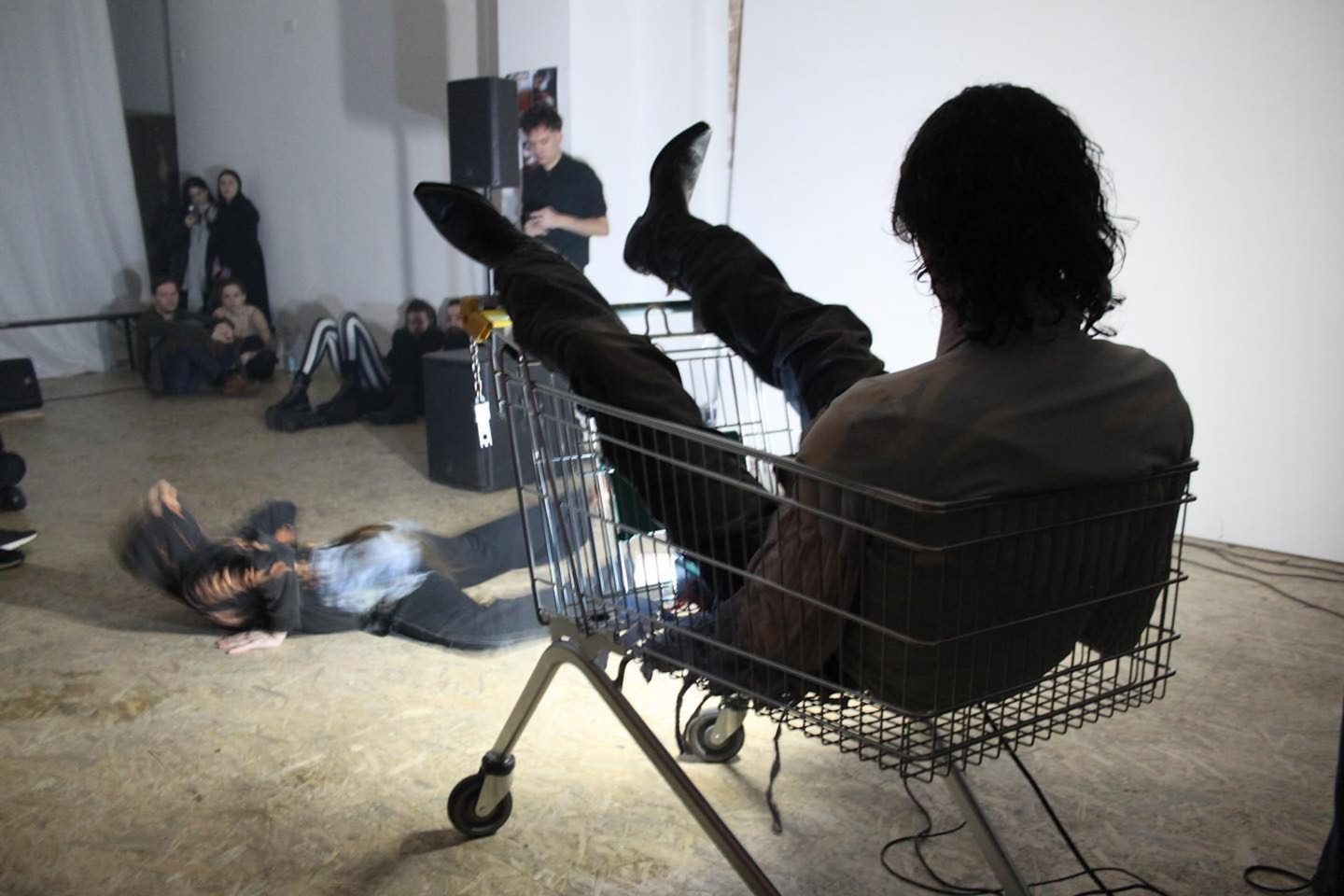
Berlin has a reputation as a place where creativity and art can be found in every (unexpected) corner of the city, a statement which most who have ever set a foot the there can confirm. And the lifeblood of this artistic ecosystem owes much to the myriad spaces that nurture artists, musicians, performers and everyone else whose artistic practice not necessarily have institutional backing. A place that last year made a mark on Berlin’s cultural scene, was the art project space MOLT. The space, which was housed in Kreuzberg on Tempelhofer Ufer, opened its doors in January 2023.
Founded by Max Thillaye, David Eder and Elena Francalanci, the space was originally intended to be used as a studio space with the occasional event or exhibition.
”The original idea was to use the venue in Hallesches Tor (that we found randomly on Facebook) as a shared studio space and sometimes offer it to our circle to present their works,” Max Thillaye recounts. But after the first event, the venue’s potential became apparent. “After the first performance event with our friend Hurricane Alexander, we realized the audience’s appetite for events that fostered longer interactions. This inspired us to curate our first VIDEO-ART event.” At the beginning it was mostly for fun, nobody was expecting what did happen then (or maybe Max already knew it hihi),” continues Elena Francalanci “It happened fast with the first event on the 5th of January where we featured the artist Hurricane, a close friend from ours. And from there on things just started going. We had so many people wanting to show their work; it felt as if this was exactly what Berlin needed in this exact moment.” By the end of 2023, the space had hosted 56 events, collaborated with 29 curators and showcased more than 250 artists and performers; the team had grown from the three founders to also include Virginia Valeri and Erna Zuhric as well as around 10 volunteers.
The events at MOLT have ranged from mainstream collaborations with established publications to experimental queer events, a testament to the space’s inclusive ethos.
The space has witnessed unique happenings, including an impromptu tattoo session and a performance so visceral it beckoned medical attention—a reflection of experiences that paints a vivid picture of Berlin’s creative pulse. This variety and inclusivity is also what the team behind MOLT sees as the reason for its success “MOLT is an autochthonous space, born spontaneously from a need to give a space, a voice to those who produce art, created precisely by those who create art. It is very rare to find spaces with a sophisticated curatorship that are at the same time extremely accessible for those who present their work there, as well as for those who attend as spectators” tell Virginia Valerie “Thus, spontaneously, the audience of Molt developed a sense of trust and a desire to participate and support, precisely because Berlin was screaming for a space to gather that was not a bar, not a club, but a place to connect, learn, and exchange, where everyone is welcome and called to participate.” The end of 2023 also saw MOLT having to leave its home on Tempelhofer Ufer 1A, a departure met with mixed feelings. “We made the best out of this space, we gave it our all. All our energy, our love and passion” Elena Francalanci reflects “But it started to become non sustainable for us. We need to move on and take the next steps.” Max agrees “I think we needed some moments to understand exactly what happened, and what to learn from it. I am happy to have had this time for myself even thought the slow-down was hard to accept at first.”
MOLT’s story mirrors a larger challenge facing Berlin. The city, once known as “Arm aber Sexy” (Poor but sexy), now grapples with rising rents and gentrification.
The days of cheap and available housing are a thing of the past (which everyone who lives in the city can give testament to). And many of the spaces – including nightclubs, art spaces, community locales, queer bars, galleries – who have helped make Berlin the city it is today, are being pushed away to give space to luxury apartments, forced out by profit-seeking investors with addresses in tax havens or threatened by the plans of a new highway. The significance of venues like MOLT extends beyond their events; they embody the passion, dedication, and often precarious financial standing that is all too familiar in the independent art world. These venues are crucial to maintaining Berlin’s distinctive cultural identity—an identity increasingly under threat from rapid urban development and gentrification. The voracious appetite for profit, as echoed in the concerns about the city’s transformation, endangers the very essence that makes Berlin magnetic.
For Berlin to remain an epicenter of creativity, it must continue to champion not only the established institutions but also the grassroots venues that form the bedrock of its cultural landscape. The story of MOLT shows the huge craving there still is for spaces like this. It is also a clarion call to preserve the spaces that fuel the creative spirit of Berlin—a spirit that is indispensable to the city’s allure and vibrancy.
Yet, the spirit of MOLT is far from extinguished.
While they continue to look for a new home, they have a plethora of projects in the making. The first two of these will be happening already in January and February of 2024. The first event is a collaboration with Kunsthaus KuLe on the 26.01 (a space which itself has a storied legacy of artistic defiance and innovation, tracing its origin to days as a squat shortly after the fall of the Berlin Wall) and next will be at the nightclub OHM on the 29.02. In the face of ongoing challenges, MOLT stands as a testament to the power of Berlin’s creative community. Their significance, as highlighted by Virginia Valeri, extends far beyond their physical boundaries. Their blend of art, social space and accessibility has not only nurtured a loyal audience but has also carried on Berlin’s unique legacy of fostering artistic culture. This sentiment, echoed by Thillaye, underscores MOLT’s crucial role in facilitating not just artistic expression, but the growth of a community that transcends the walls of any single venue.
As Berlin continues to navigate the challenges of modern urban development, the story of MOLT serves as a poignant reminder of the importance of settings like this for the city.
Without accessible spaces that continues to fosters the city’s unique and dynamic creative scene, Berlin will end up slowly killing what makes this city so special and beautiful. Because seriously, no one moves to Berlin for the weather.

FOTOGRAFISKA X LML Adina Bier, the curator and innovative force behind the museum…
Photography by Sascha Rebrikov Interview by Louise Garier

Electronic beats Prague, As part of its extended "Summer of Youth" campaign, German…
Words by Marcus Boxler

IN CONVERSATION WITH RAFA SILVARES, Brazilian born and Berlin-based artist Rafa…